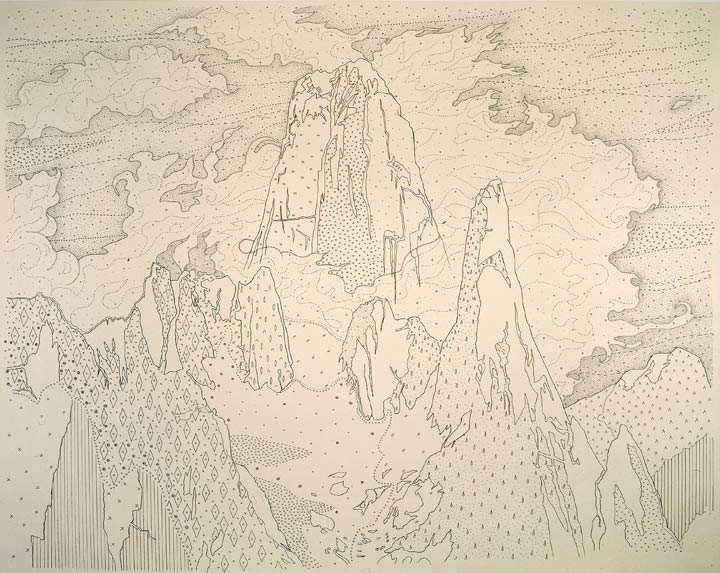I came across this dialogue between the artist Robert Smithson and the critic Allan Kaprow in a book of collected writings by Smithson. This conversation took place nearly a half century ago, yet seems like it could have occurred last week at any one of the contemporary art venues that also serve as symposium spaces around New York. It's rare to find a facet of contemporary art practice summed up so succinctly that it remains prescient after all these years.
.Excerpt.
What is a Museum?
A dialogue between Allan Kaprow and Robert Smithson, 1967
Smithson: I think you touched on an interesting area. It seems that all art is in some way a questioning of what value is, and it seems that there is great need for people to attribute value, to find a significant value. But this leads to many categories of value or no value. I think this shows all sorts of disorders and fractures and irrationalities. But I don’t really care about setting them right or making things in some ideal fashion. I think it's all there_independent of any kind of good or bad. The categories of "good art" and "bad art" belong to a commodity value system.
Kaprow: As I said before, you face a social pressure which is hard to reconcile with your ideas. At present, galleries and museums are still the primary agency or "market: for what artists do. As the universities and federal education programs finance culture by building even more museums, you see the developing picture of contemporary patronage. Therefore, your involvement with "exhibition people", however well meant they are, is bound to defeat whatever position you take regarding the non-value of your activity. If you say it's neither good nor bad, the dealers and curators who appropriate it, who support you personally, will say or imply the opposite by whatever they do with it.
Smithson: Contemporary patronage is getting more public and less private. Good and bad are moral values. What we need are aesthetic values.
Kaprow: How can your position then be anything but ironic, forcing upon you at least a skepticism. How can you become anything except a kind of sly philosopher - a man with a smile of amusement on your face, whose every act is italicized?... the minute you start operating within a cultural context, whether it's the context of a group of artists and critics or whether it's the physical context of the museum or gallery, you automatically associate this uncertain identity with something certain. Someone assigns to it a new categorical name, usually a variant of some old one, and thus he continues his lineage of family system which makes it all credible. The standard fare of novelty is to be justified by history. Your position is thus ironic..
Smithson: I would say that it has a contradictory view of things. It’s basically a pointless position. But I think to take some kind of point right away stops any kind of possibility. I think the more points the better, you know, just an endless amount of points of view.










